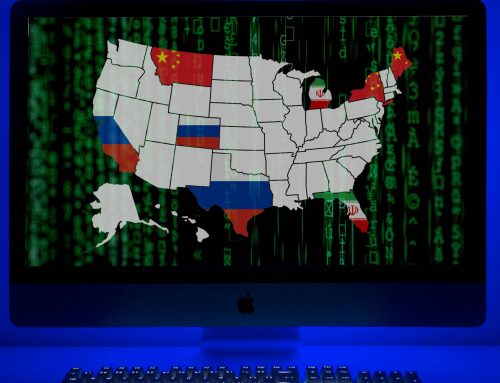Introduction
“Would you rather have the bitter truth or more sweet lies?” This is the question posed by an assertive series of videos produced by the State Department in recent months, targeting Russian audiences, that juxtapose statements by Russian President Vladimir Putin with evidence that he is lying about the course of the war in Ukraine.
The effort, alongside revelations laid bare by Washington and its allies at the start of the war, reflects a new understanding: that the information domain is perhaps the most consequential terrain that Putin is contesting and that it is an essential theater of the broader, emerging, persistent, asymmetric competition between liberal democracies and their authoritarian challengers.
As part of this competition, autocrats—in Moscow and Beijing, but also elsewhere—have leveraged multiple asymmetries. Both Russia and China operate vast propaganda networks that use multiple modes of communication—from state media websites to popular social media accounts to leading search engines—to disseminate their preferred, often slanted, versions of events. Both have spread multiple, sometimes conflicting, conspiracy theories
designed to deflect blame for their own malfeasance, undermine the soft power of the United States, and erode the idea that there is such a thing as objective truth. Both also deploy proxy influencers to agitate anti-American sentiment and frequently engage in “whataboutism” to cast US policy as hypocritical to audiences around the world.
Some of this content is targeted at broad swaths of the public within Western societies—in Russia’s case with the goal of polarizing them, and in so doing, weakening Europe and the United States from within. Other content is targeted at the global south, with the goal of eroding popular support for Western policies and, in China’s case, promoting alternatives to the Western model.
For the United States, like other democracies, an open information environment confers enormous long-term advantages, but it also creates vulnerabilities that can be exploited using low-cost tools and tactics, often with plausible deniability. Where democracies depend on the idea that the truth is knowable and citizens can discern it to govern themselves, autocracies have no such need for a vibrant, open, trusted information environment. In fact, autocrats benefit from widespread public skepticism in the notion of objective truth. Because autocratic regimes tightly control their own information environments, they are more insulated from criticism than democratic ones. Putin and Chinese President Xi Jinping effectively ban many Western social media platforms from operating within their borders in order to close space for dissent, all the while using them quite effectively to target audiences abroad. In doing so, unlike their democratic competitors, autocrats face few normative constraints on lying—a dynamic
they freely exploit. As a result, autocrats have made remarkable advances in the contest that is now underway in the information domain.
To push back on these advances, the United States should leverage its own asymmetric advantages—including its economic might, cyber capabilities, soft power, and the legitimacy that comes from democratic governance—recognizing that successful competitors play to their strengths.
A focal point of US strategy should be to harness truthful information to contest the information domain, recognizing that competition in this realm is ongoing and there is a first mover advantage to setting the terms of the debate. Such an approach should entail simultaneously highlighting the strengths of liberal democracies (such as their openness to new information and ability to course correct, innovate, and improve) and the failures and false promises of authoritarian regimes (like kleptocracy and repression). It must do so not just to reach those who live in closed spaces, such as Russia and China, but to reach those who live in countries that are backsliding or where democracy is not fully consolidated.
This paper—which is based on conversations with more than a dozen subject-matter experts, including current and former diplomats—offers recommendations for updating US public diplomacy to compete successfully with Russia and China. The focus, however, is limited to US international broadcasting and strategic communication activities and does not include recommendations to improve other elements of US public diplomacy, including but not limited to cultural diplomacy and people-to-people exchanges. The authors recognize that public diplomacy is not merely about crafting a winning message and that an effective US approach must include activities that lie outside of the information domain. This paper should therefore be viewed as an attempt at improving a piece of, but not the whole, public diplomacy puzzle.







